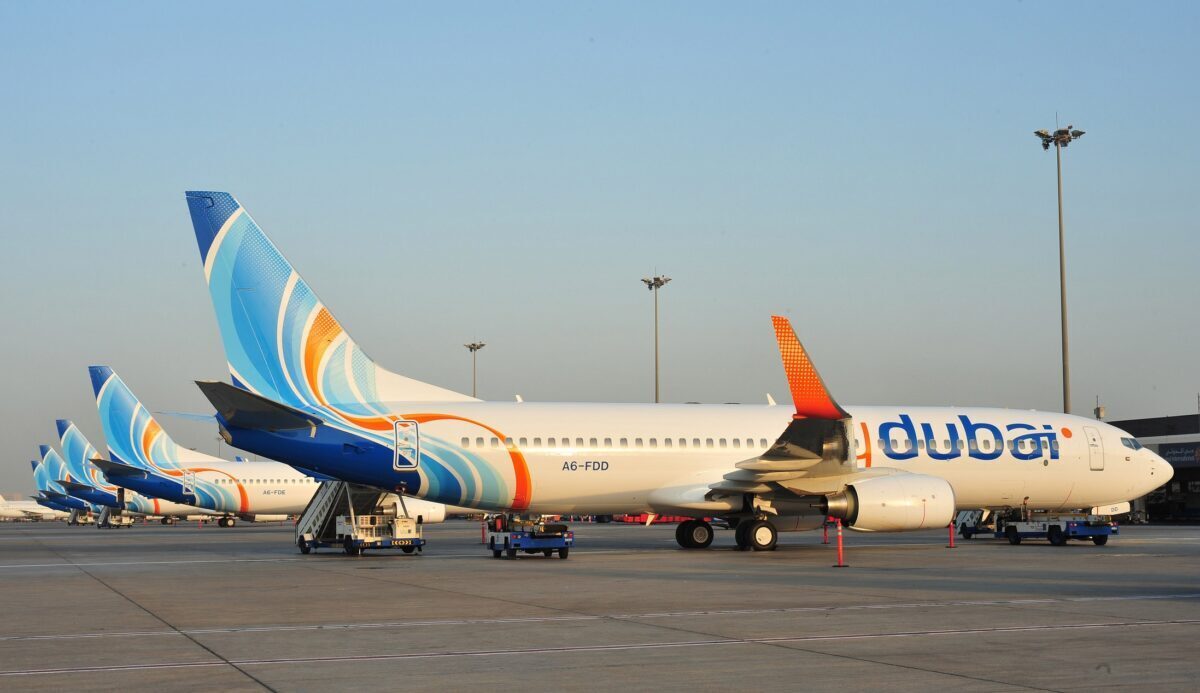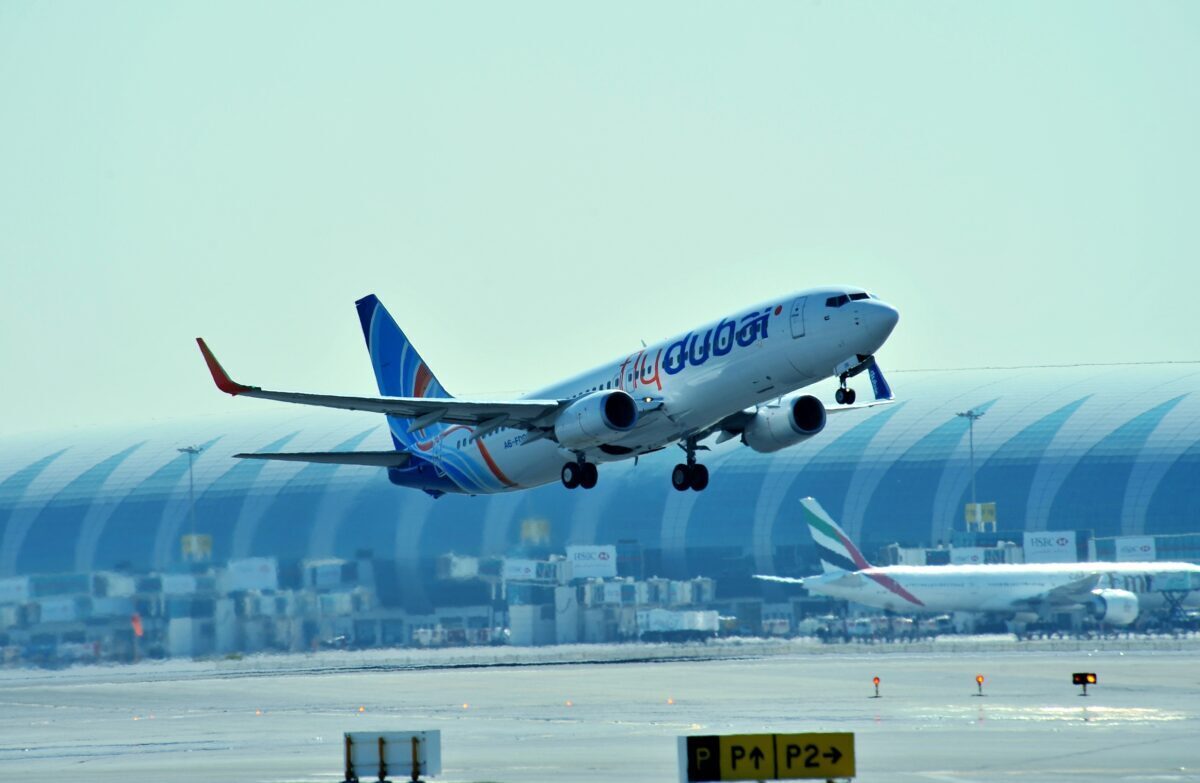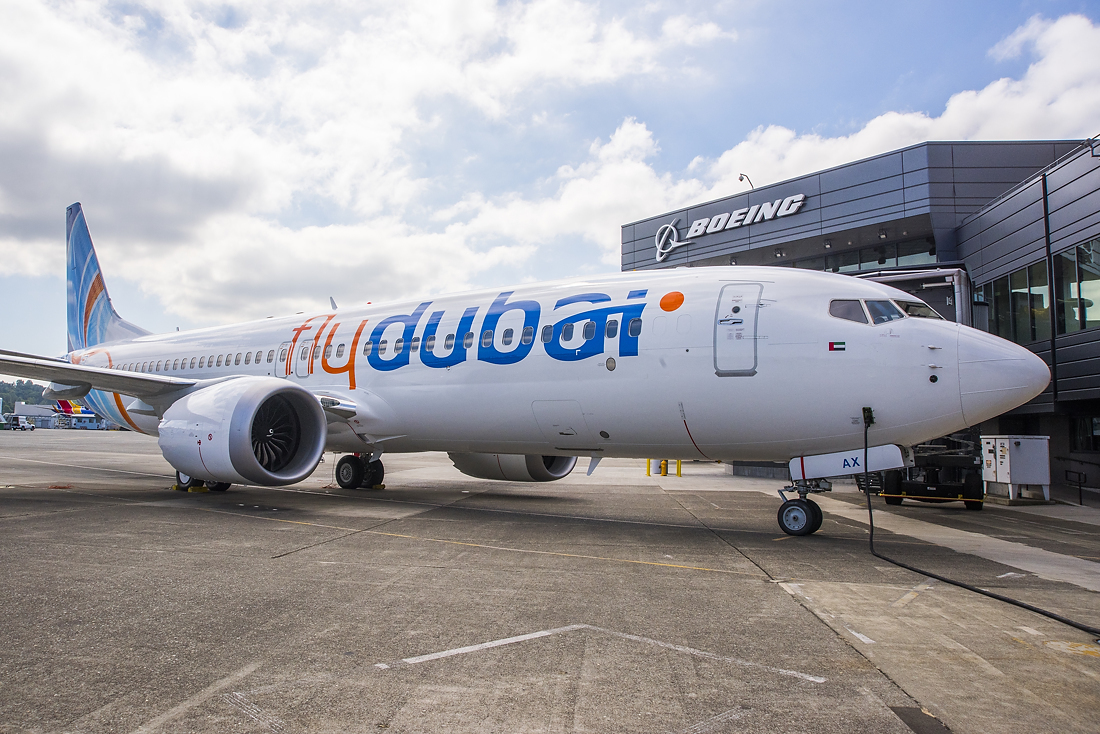
flydubai has posted a US$194 million loss across 2020. (Photo: flydubai)
“The COVID-19 pandemic has impacted us more than any other crisis,” says Ghaith Al Ghaith, CEO at flydubai. Before the travel downturn, the airline was serving 93 cities across 47 countries with a fleet of mostly Boeing 737-800 planes.
In March 2020, flydubai suspended its operations as part of precautionary measures then been implemented in response to COVID-19. By mid-year, they were back in the air, albeit on a scaled-down basis. Since then, the airline has gradually ramped up operations and reactivated planes. Now, flydubai is flying to 65 destinations in 37 countries. Seven planes across its 50-strong fleet remain parked.
As with airlines elsewhere, events of 2020 had a big impact on flydubai’s numbers. That flowed through to its bottom line. In 2020, flydubai had revenues of $773 million (compared to $1.6 billion across calendar 2019). The airline carried 3.2 million passengers, down from 9.6 million the year before. In 2020, 27,450 flydubai flights operated, compared to 73,233 in 2019. Available seat kilometers in 2020 were 9,594 million, down from 25,415 million the year before.

flydubai has an all Boeing fleet of 737-800 and 737 MAX planes. (Photo: flydubai)
First six months of 2020 hit flydubai hard
The bulk of flydubai’s losses were incurred in the first half of 2020, when flights were grounded for a large portion of that period. The airline lost $148.5 million in the first six months of 2020. In the second half of 2020, as flights gradually resumed and flydubai began to see the benefits from cutting costs and re-inventing their operating strategies, losses narrowed to approximately $48.5 million.
“During the course of last year, we adapted quickly to the changing situation,” says Hamad Obaidalla, flydubai’s CCO.
“We were ready to launch flights as soon as the airspace opened growing our network to 65 destinations by year end; a considerable achievement in a complex period for the airline industry. We also achieved a seat factor of 73% in spite of these challenges.”

flydubai now has 14 Boeing 737 MAXs in its fleet. (Photo: flydubai)
737 MAX grounding impacts flydubai’s bottom line
Also impacting the numbers at flydubai was the long-running grounding of the 737 MAX. The airline has 14 in its fleet. UAE Governments did not clear the MAX to fly in local airspace until February, 2021.
“The ongoing impact of the grounding of the MAX aircraft required our engineering and maintenance team to put an active aircraft storage programme in place. The resulting 18 hours of maintenance per aircraft each week placed additional demands on their already extensive workload,” says flydubai’s CEO.
“The range and efficiency of the MAX aircraft would have been beneficial to exploring additional revenue opportunities during this challenging period.”
The travel downturn and its consequences forced some tough decisions at flydubai. That has helped place the airline in the box seat to seize opportunities as demand rebounds.
“We have shown that flydubai is well placed to identify new opportunities and get up and running quickly by deploying our narrowbody aircraft,” says Ghaith Al Ghaith.
“We expect trading conditions to remain challenging and the business fundamentals remain strong.”
Cre: Simple Flying
Nguyen Xuan Nghia – COMM










